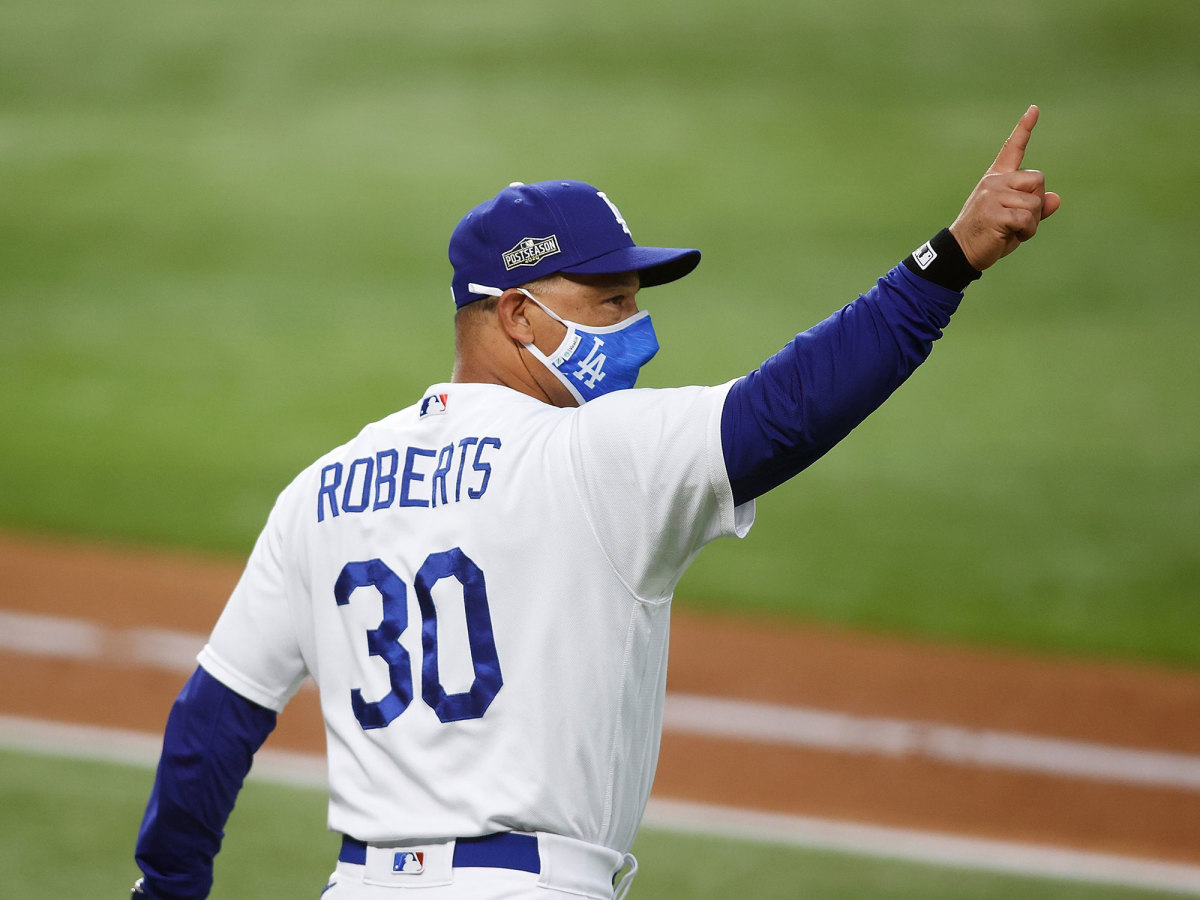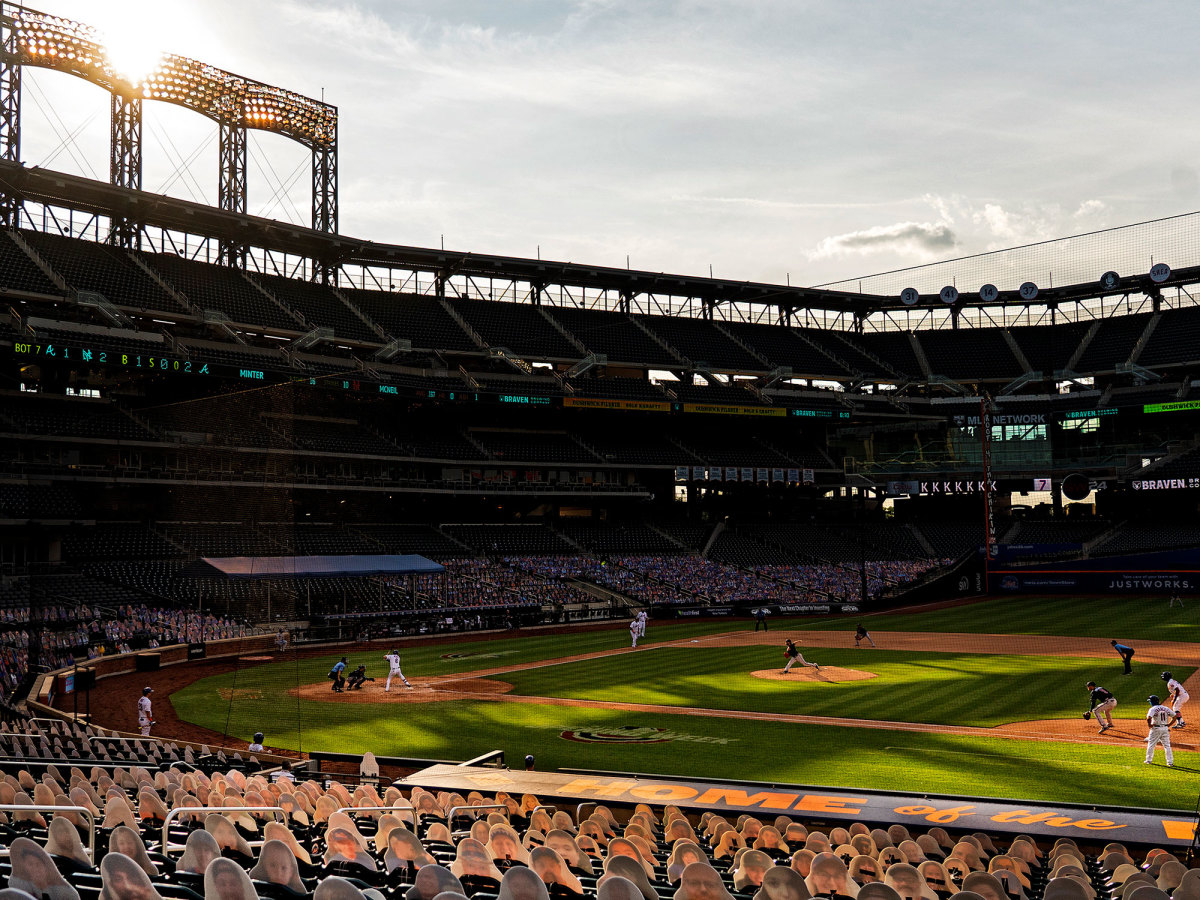MLB's To-Do List: What Needs to Be Answered Before the 2021 Season
The last few offseasons have gotten baseball fans increasingly used to the idea that they might have to wait until spring training to know where players will sign. (“January is the new December,” as Cardinals president of baseball operations John Mozeliak said last month, implying that February is the new January.) But this offseason has held a different type of waiting—the wait to see what the season will look like.
The pandemic required last season to be ripped apart at the last minute and put back together as quickly and safely as possible. This meant that every last thing was up for negotiation—the schedule, the playing rules, the size of the roster, the playoff format. There was no official mechanism for any of these changes to carry over to 2021. But there were hints that several of them could do so. A universal designated hitter, for instance, had been discussed as an eventual probability for years before the pandemic. A permanently expanded playoff was reportedly attractive to the league because of the potential broadcast rights. With scarcely a month until pitchers and catchers report, however, there hasn’t been any official announcement that these moves are happening—or any official announcement that they aren’t happening.
As we saw last season, of course, an agreement between the league and the players can happen at any time. There’s no deadline other than Opening Day, which could also be moved. For now, it seems as if teams are generally operating under the assumption that playing rules and structures will revert to their pre-pandemic ways in 2021, and virus-specific safety measures will adapt over the season as necessary. But none of this is certain. So here’s a rundown of the biggest questions to be answered about next season, roughly in order of importance, with some context on what we know (or don’t know):

Will the Season Even Start on Time?
Probably. So far as we know, everything is in place for spring training to begin next month, and the regular season the month after that … which has not stopped reports that owners might be open to delaying the start in hopes of being able to bring in more fans and therefore more cash. (The players, unsurprisingly, would like to play and be paid for a full slate of 162.) But there’s been relatively little public discussion here, and with spring training creeping up, it seems likely that baseball sticks to its original schedule. Just, you know, with the caveat that a different agreement could be set between the two parties at any time, no matter how close to Opening Day, with COVID-19 still very much a factor.
… And What About Everything Else COVID-19-Related?
This, as with anything tied on the pandemic, will probably involve a lot of adjusting as the circumstances shift.
Last month, MLB said that players would be able to receive vaccines “when public health officials deem it appropriate”—in other words, no jumping ahead in line. Under the guidelines in place for most states, players still might have quite a bit of waiting to do. And the question of when most players can get vaccinated is separate from the question of if most players will get vaccinated: Anything along the lines of a mandatory vaccination policy would need to be agreed upon by the union. For at least the start of the season, then, it seems that baseball will be primarily reliant on COVID-19 safety protocols rather than the vaccine. Think of most of the features from last season: a regular testing regimen, social distancing whenever possible, etc.
Will I Get to See My Team Play?
A league memo sent to teams on Monday—obtained by Bill Shaikin at the Los Angeles Times—leaves the question wide open. While MLB says it would like to have fans back (there was a trial run for the NLCS and World Series in Arlington), teams are currently being told to design their own stadium plans, with state and local health guidelines taking priority. There’s no base requirement for measures like vaccination, a negative virus test, or temperature checks—teams could require any or none of those. It likely means that we’ll see a situation roughly similar to what happened in the NFL: some stadiums with a higher capacity threshold, some with a lower one and stricter entry requirements, some with no fans at all.

What About Roster Sizes?
To deal with the potential health consequences of an abbreviated training period, as well as all the other difficulties of playing in a pandemic, the roster size for 2020 was bumped up to 28. (It was originally meant to be 26.) There’s been no public word on any change—implying that the 2021 roster will likely revert to 26, but if the league wants to make a shift, this is one that might make sense. Even with the benefit of a full spring training, the effects of last year’s strangeness might linger, particularly for pitchers. (There are especially consequences to think of for younger players, whose arms may not be prepared for the workload of a 162-game season.) An extra roster spot or two might prove beneficial there—even if it doesn’t look too likely right now.
The Universal DH? A Free Runner in Extra Innings? Seven-Inning Doubleheaders?
There’s been no confirmation on any of these playing rules from last season, which, again, has left teams to operate under the assumption that they probably won’t be happening. (If it seems like it would be especially helpful for NL teams to know for sure as they’re assembling their rosters if they might have a DH… it certainly would!) It's almost certain each of these will be up for discussion again when the collective bargaining agreement expires on Dec. 1. But the one that deserves particular focus right now is the universal DH: it’s such a natural move that it was widely assumed it would stick around after last year, and despite the lack of clarity on the matter, it still seems as if it might. If there’s any agreement for a change in the next few weeks, it’s most likely to be on this.
Will the Playoffs Expand?
This is another one that seems like it would helpful for teams to have a firm answer on right now—aiming for, say, 92 wins requires different roster-building than aiming for 84. After the early buzz that MLB was negotiating broadcast rights for a potential first playoff round with ESPN, there’s been no public progress, and it remains to be seen just how big that first round would be (14 teams or 16?), to say nothing of whether it will even exist.
But there’s precedent for a late agreement here—after all, last year’s came just a few hours before the first pitch of Opening Day. Maybe there won’t be anything here. But if there is, don’t rule it out until April 1. (No joke.)
